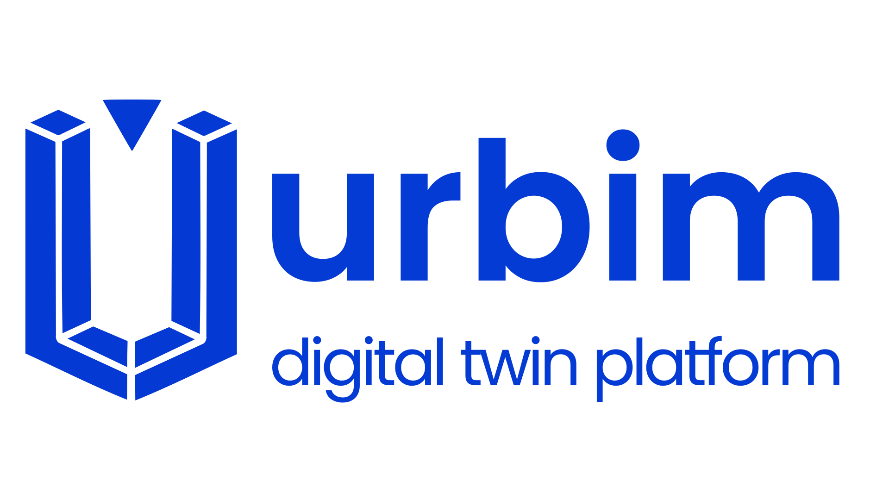In a world where the speed of innovation dictates success, achieving digital maturity is no longer optional—it’s essential. However, many businesses struggle to progress strategically and effectively in their digital transformation journey. This is where digital twins are changing the game. But what does “digital maturity” really mean? And how can digital twins help you achieve it? Keep reading, because this might be the key to transforming your business.
What is Digital Maturity?
Digital maturity isn’t just about adopting technology; it’s about the level of integration, adoption, and optimization of digital tools across an organization. It spans from basic steps, like digitizing documents, to advanced data utilization for strategic decisions and fostering innovation.
The Four Stages of Digital Maturity:
- Digital Initiation: Taking the first steps in digital adoption (basic tools and processes).
- Technology Adoption: Leveraging advanced technologies to improve core operations.
- Data Integration: Consolidating information into centralized platforms.
- Innovation and Optimization: Using advanced tools like AI and digital twins to optimize and predict.
Where does your business stand? Assessing your current stage is vital to chart the path forward.
The Role of Digital Twins in Digital Maturity
A digital twin is a virtual replica of a physical asset, process, or system that uses real-time data to simulate, monitor, and optimize its counterpart in the physical world.
How do they tie into digital maturity? Digital twins enable businesses to leap from basic data integration (stage 3) to advanced innovation (stage 4) in a strategic manner. By leveraging predictive simulations and real-time monitoring, they help optimize processes and empower data-driven decision-making.
Use Cases:
- In manufacturing, they simulate production lines to minimize downtime.
- In construction, they predict structural issues before they occur.
- In retail, they optimize supply chains by forecasting demand and inventory.
Imagine this: A precise digital replica of your factory or supply chain that not only shows you what’s happening in real-time but also predicts potential problems before they arise. That’s what a digital twin can do for your business.
Practical Benefits of Digital Twins
Adopting digital twins isn’t just a technological upgrade; it’s a strategic transformation for your business. Here are some key benefits:
- Operational Optimization: Reduce costs and time by streamlining critical processes.
- Data-Driven Decision-Making: Access real-time information for informed decisions.
- Predictive Simulation: Anticipate issues, preventing failures and reducing risks.
- ESG Compliance: Monitor and meet sustainability goals effectively.
- Faster Innovation Cycles: Test new strategies before implementation.
Steps to Integrate Digital Twins into Your Strategy
- Assess Your Current Digital Maturity: Identify the technologies you’re using and the processes that need digitization.
- Pinpoint Key Areas: Determine which assets or processes would benefit most from a digital twin.
- Choose the Right Platform: Opt for tools that efficiently integrate data. Platforms like URBIM are excellent starting points.
- Start with Pilot Projects: Implement digital twins in specific areas and measure the results.
- Continuous Optimization: Digital twins are dynamic tools—update them to reflect changes in your business
Who URBIM could help?
At URBIM, we revolutionize how businesses manage and utilize their data by integrating information into our cutting-edge platform powered by digital twins and 3D models. Our solution centralizes all critical data in one place, creating a seamless environment for informed decision-making. By leveraging these technologies, we help companies optimize operations, predict outcomes, and gain a competitive edge in this new era of digital transformation. URBIM is not just a tool; it’s the future of efficient and intelligent asset management.
References
- Gartner: Trends in digital transformation and digital twins.
www.gartner.com - Digital Twin Consortium: Comprehensive information and use cases.
www.digitaltwinconsortium.org - Forbes: Insights on digital maturity and technological tools.
www.forbes.com





